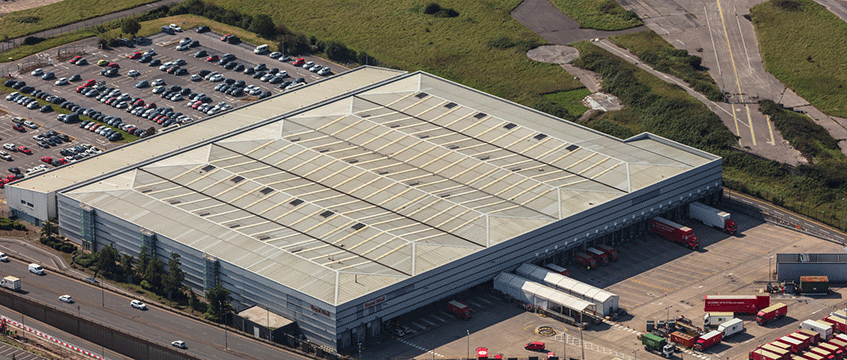Trading across BMO Real Estate Investments’ portfolio during the six months to 31 December 2020 was resilient, according to the company. Rental income remained largely flat year-on-year at £8.2m, with a £2.8m revaluation gain seeing its total income more than double from £4.8m in December 2019 to £11m in 2020.
BMO’s NAV total return was 3%, with an ungeared portfolio return of 3.4%, compared with just 1.1% for the MSCI.
The firm said that the “favourable composition” of its portfolio had allowed it to record a 0.9% increase in capital returns over the six-month period, alongside an income return of 2.6%
BMO’s industrial assets, which make up 45% of its portfolio by value, were unsurprisingly the main driver for performance over the period, delivering a 7.8% return – a consequence of both yield hardening and rental growth. Its office assets delivered a positive return of 0.6% over the period, albeit with capital falls, while retail performed the worst with a negative return of 0.5% – still outperforming the MSCI’s -4%.
BMO said the relative outperformance was due to its portfolio weighting towards low-rented, essential, non-fashion and convenience-led retail warehousing and the absence of shopping centres and department stores and underweight exposure to hospitality and leisure. Retail makes up just 9% of the BMO portfolio.
During the period, BMO collected 94.5% of its total rent and during Q1 2021 has so far collected 90%.
Chairman Vikram Lall said: “While the board remains wary of illiquidity in parts of the high street market, we have continued to see interest in the company’s assets, which tend to be in the smaller lot sizes. There is the potential for continued opportunistic disposals from the sector over the coming months. In terms of acquisitions, the existing cash balance is healthy with further cash availability in the form of an undrawn credit facility. With some comfort from rent collection trends, the company is well placed to explore potential acquisitions to add to revenue.”
BMO currently has borrowings of £90m with Canada Life Investments on a term expiring in November 2026 and a £20m, five-year revolving credit facility with Barclays, which is undrawn and available until March 2025. It said it was comfortably meeting covenants on both facilities and had a further £14m of cash available at hand.
“In these uncertain times the diversification of the company’s asset and tenant base should provide relative resilience,” said Lall. “This has been demonstrated in the encouraging rent collection and vacancy statistics achieved over the course of the pandemic thus far. We continue to expect disruption to revenues as lockdown and associated support eases, with the impact most meaningful for the retail and leisure markets, although offices will not be entirely immune. Against this background and despite the prolonged uncertainty, the company has sufficient cash resources and a portfolio of buildings that continue to experience good levels of occupier demand.”
To send feedback, e-mail samantha.mcclary@egi.co.uk or tweet @samanthamcclary or @estatesgazette











